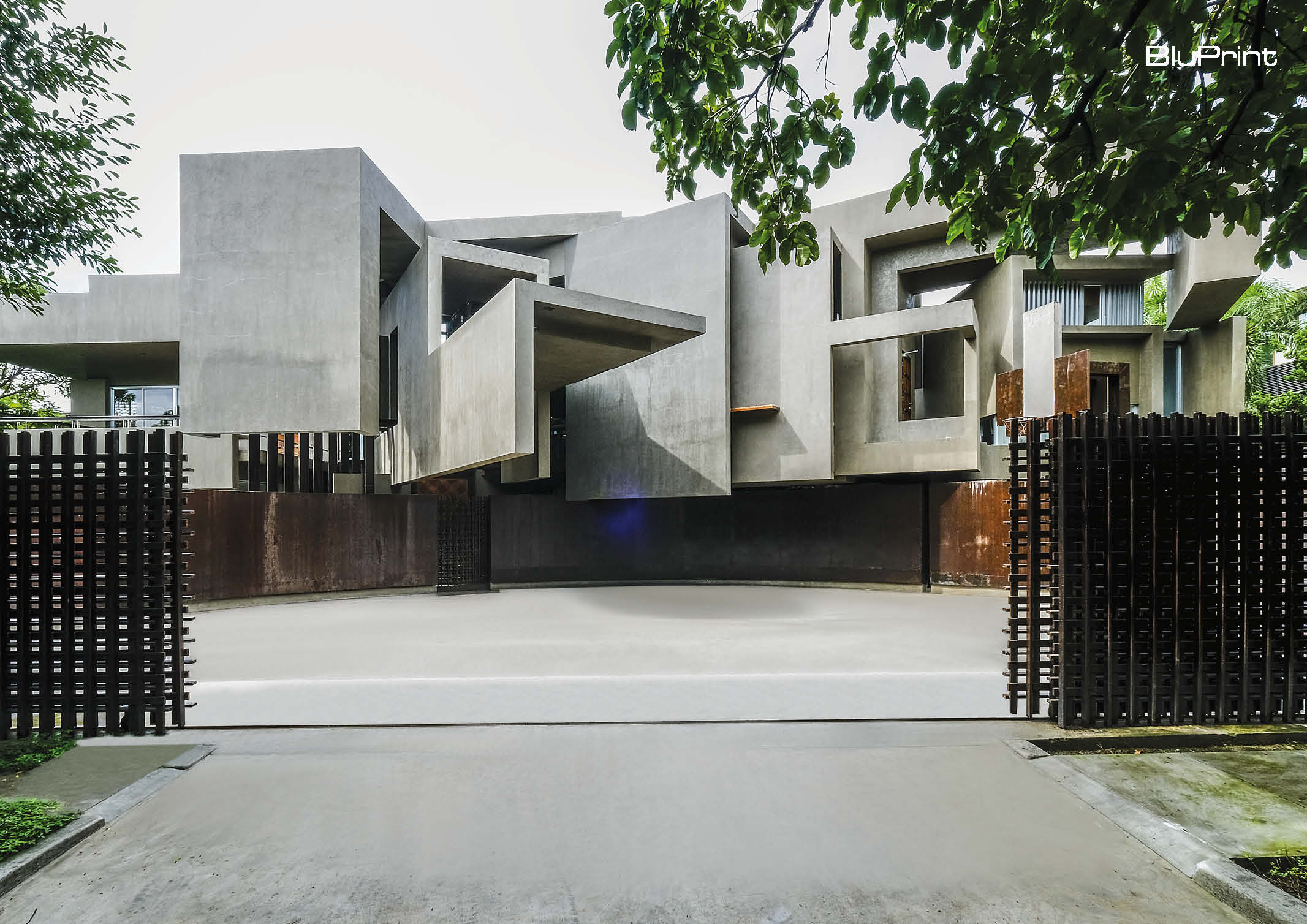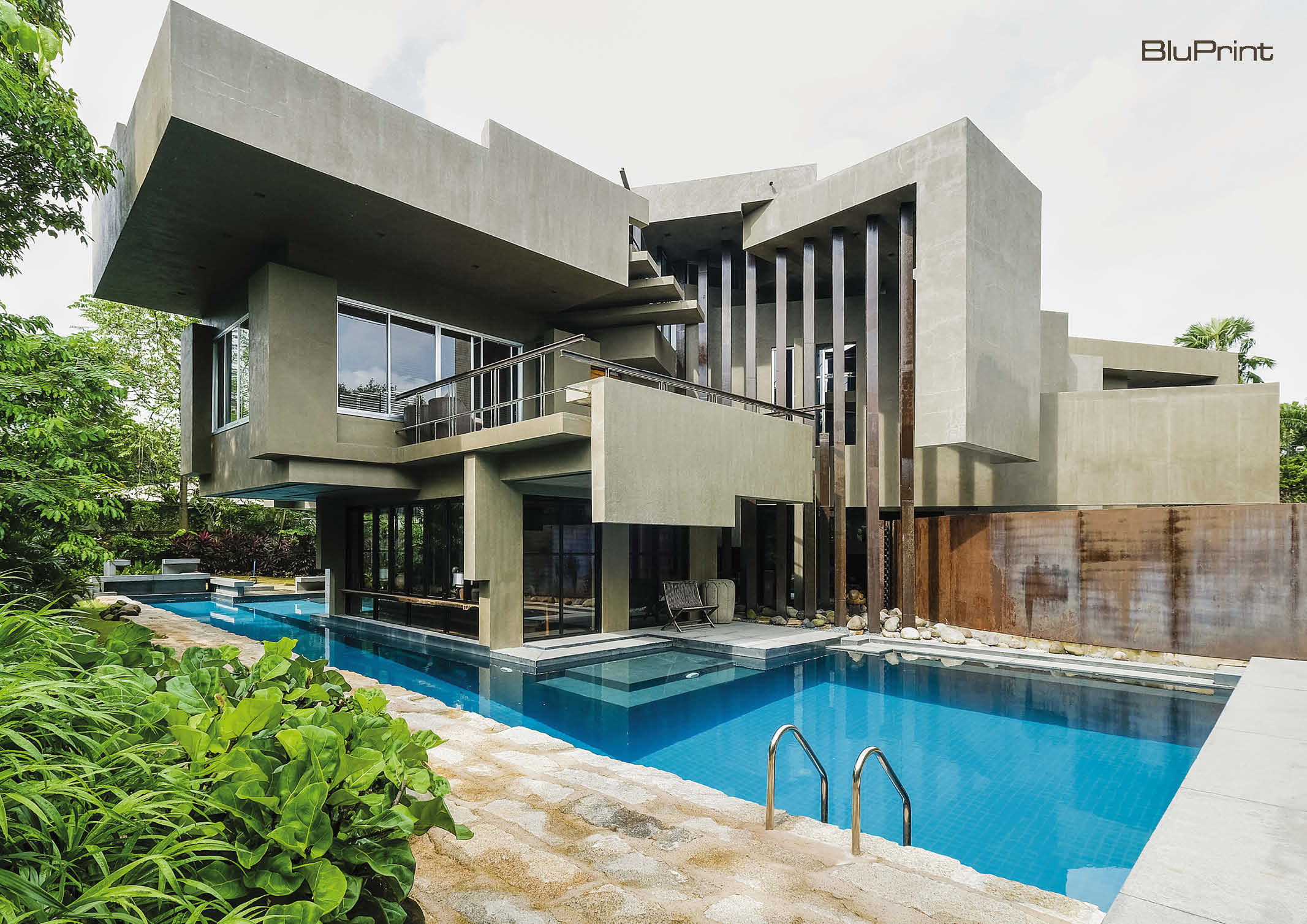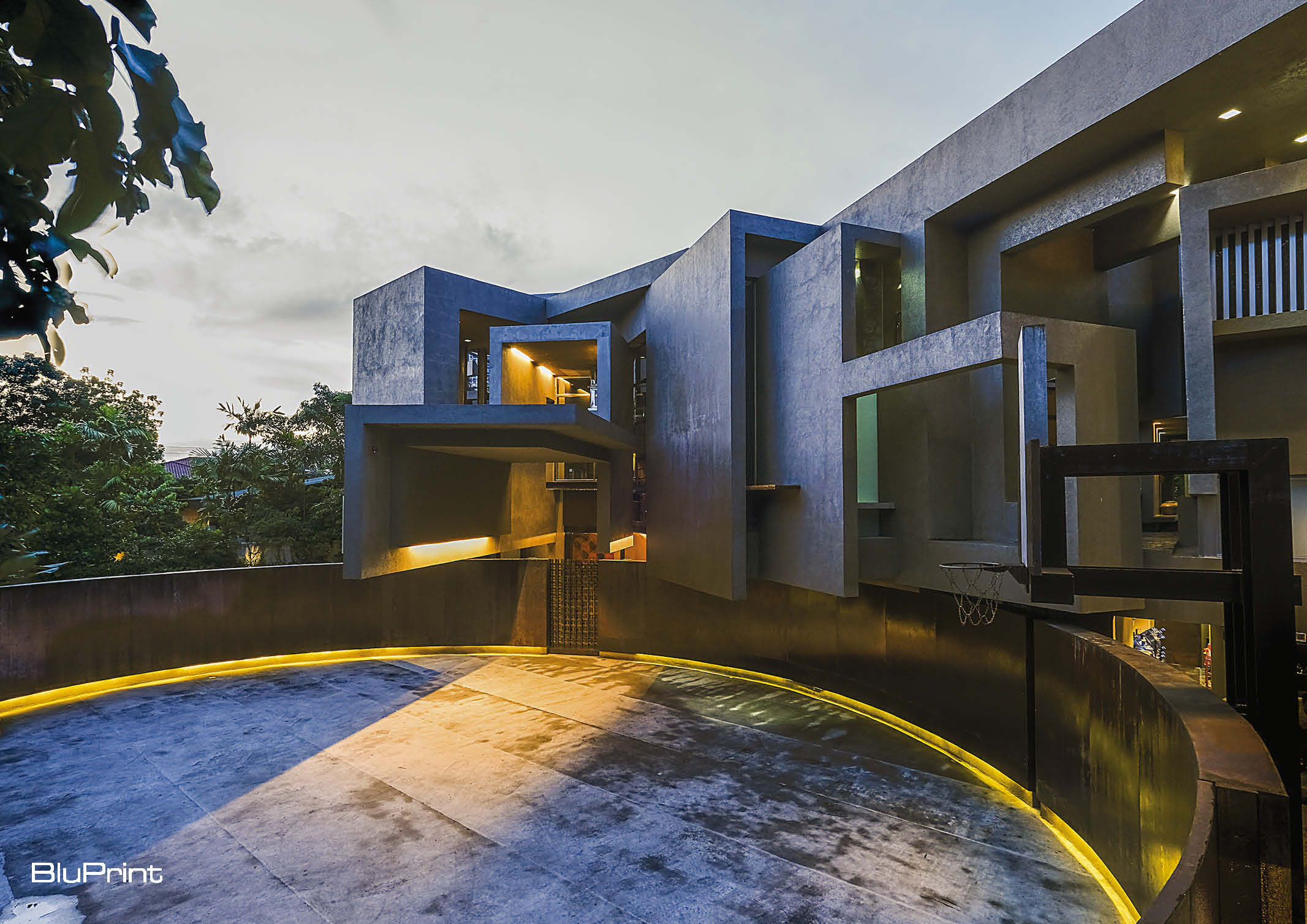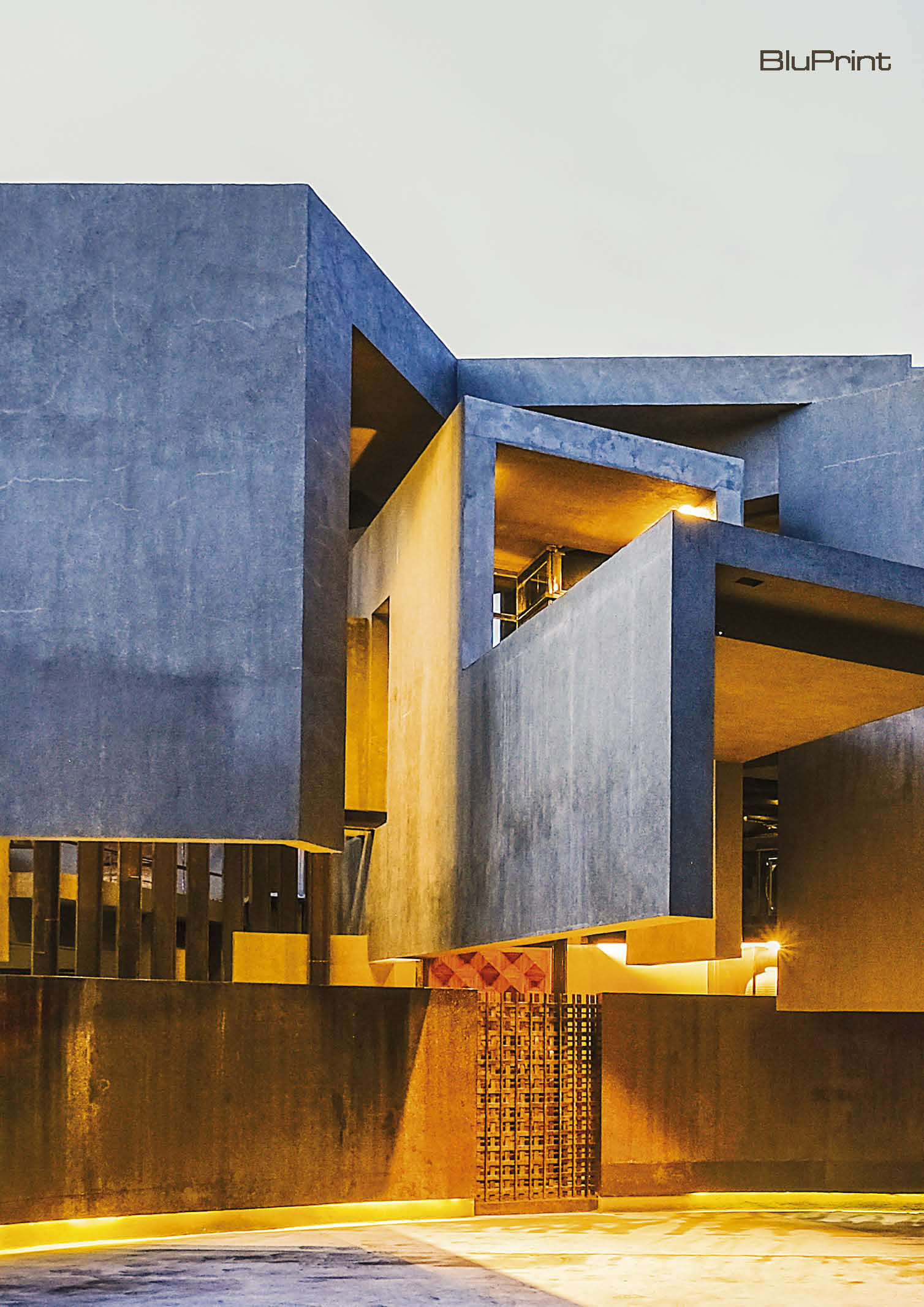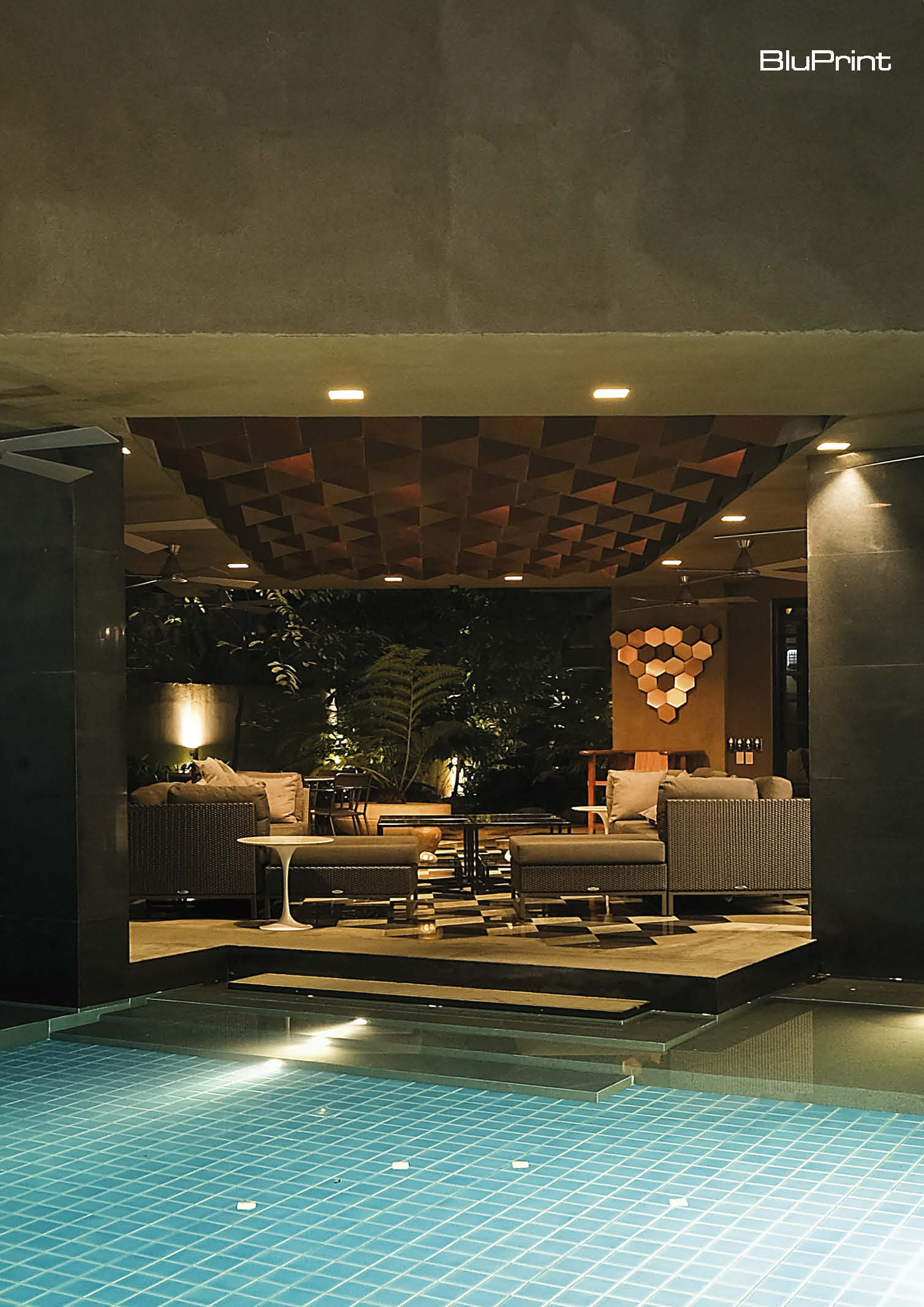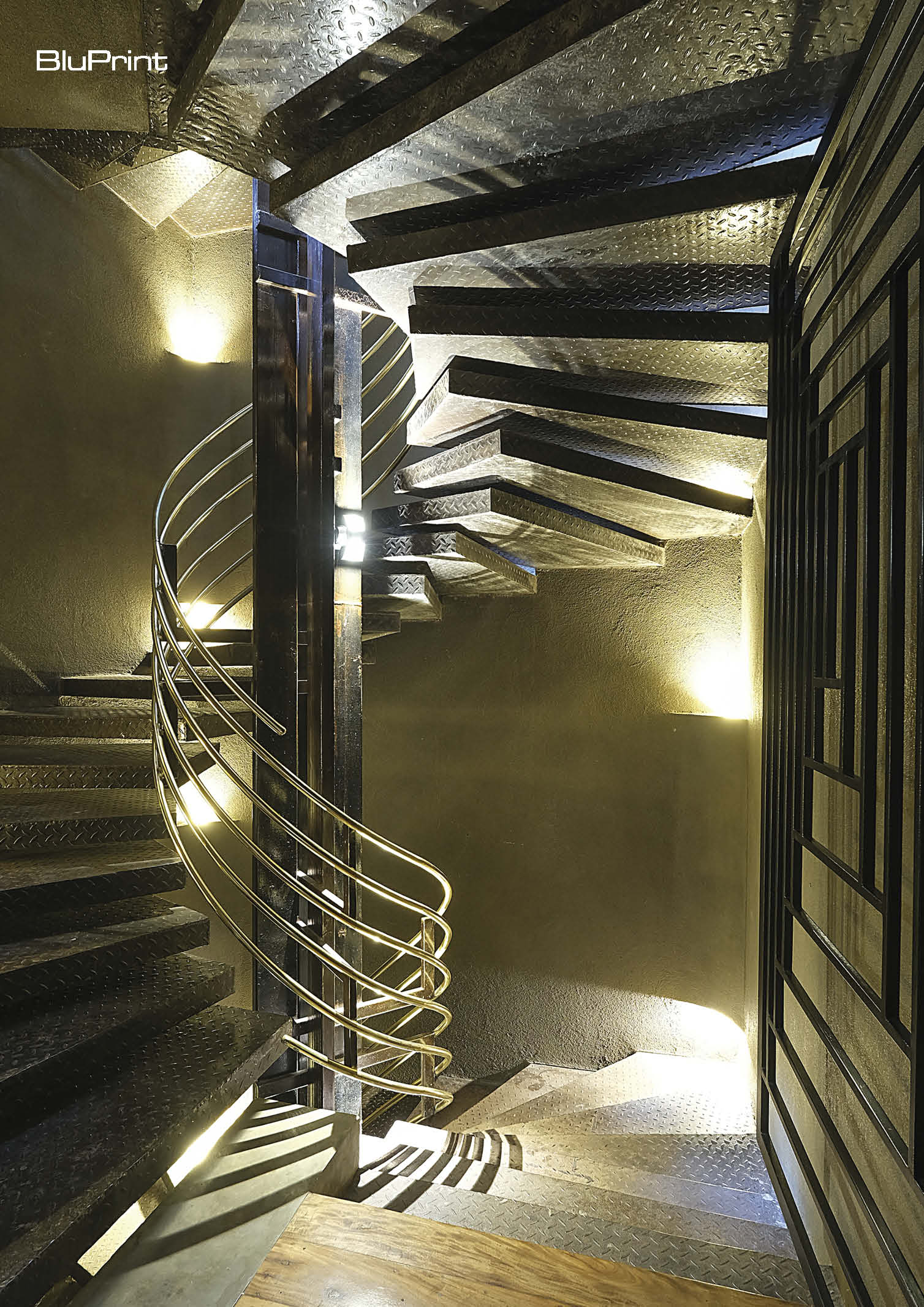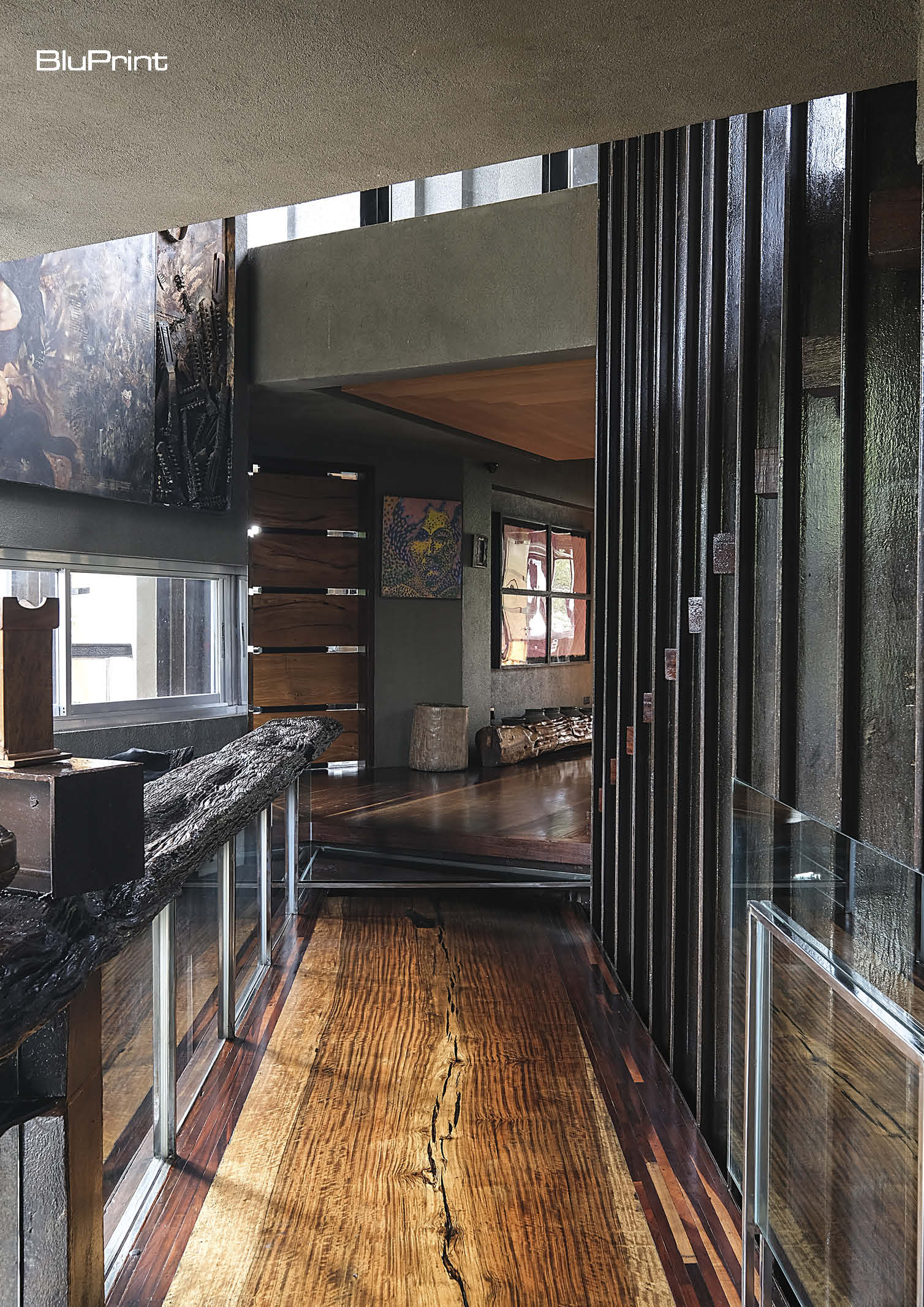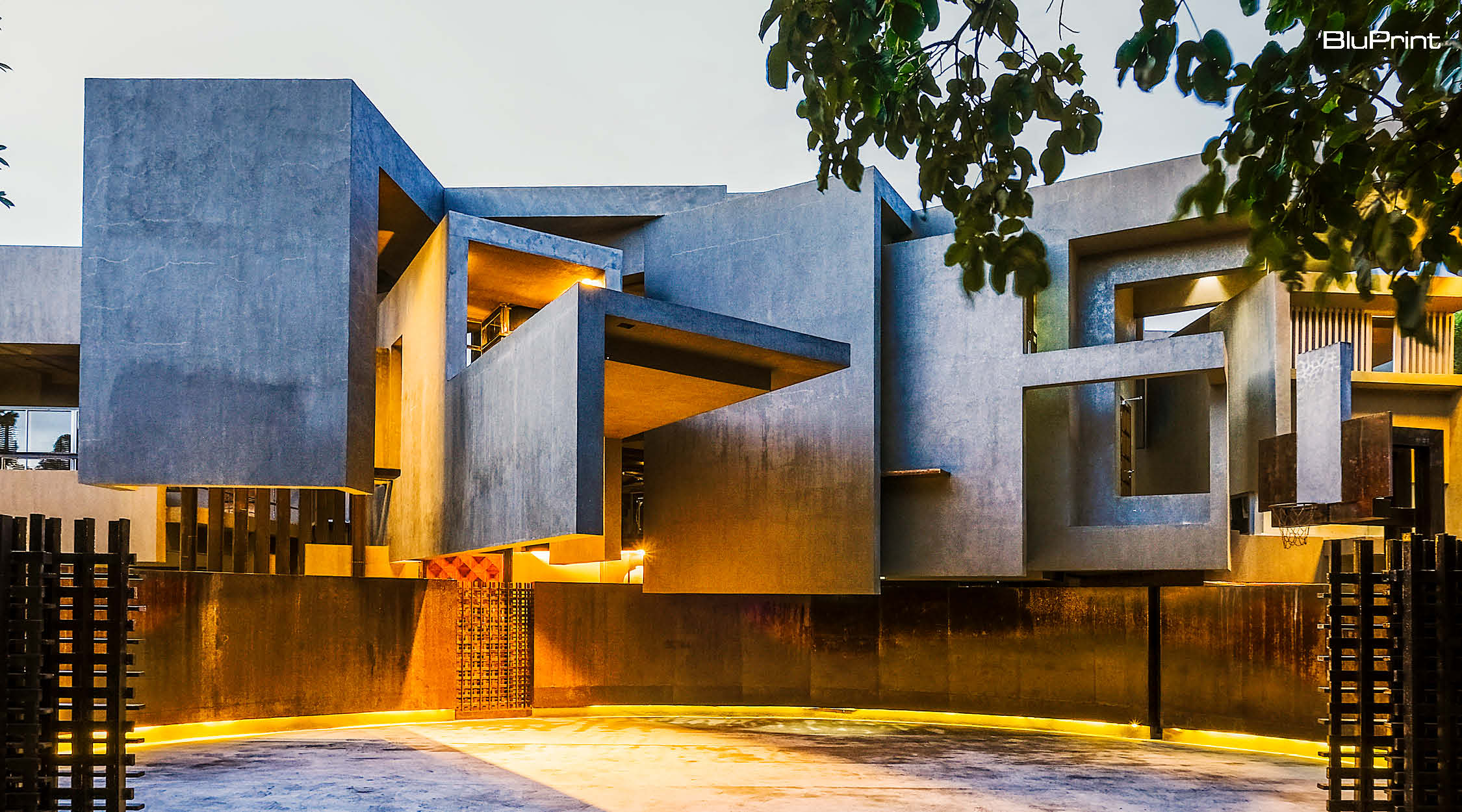
Equilateral House: Designed With Empathy And Built For Experience
Slow living has always been touted as an antidote to the frenetic way of life. What began as the slow food movement in the late 1980s in response to fast food eventually expanded to many other aspects of modern life, including the spaces we live in and interact with.
“The Slow philosophy is not about doing everything at a snail’s pace. It is about seeking to do everything at the right speed. Savoring the hours and minutes rather than just counting them. Doing everything as well as possible, instead of as fast as possible,” Carl Honore wrote in his 2004 book In Praise of Slowness, widely touted as the modern-day bible of slow living.
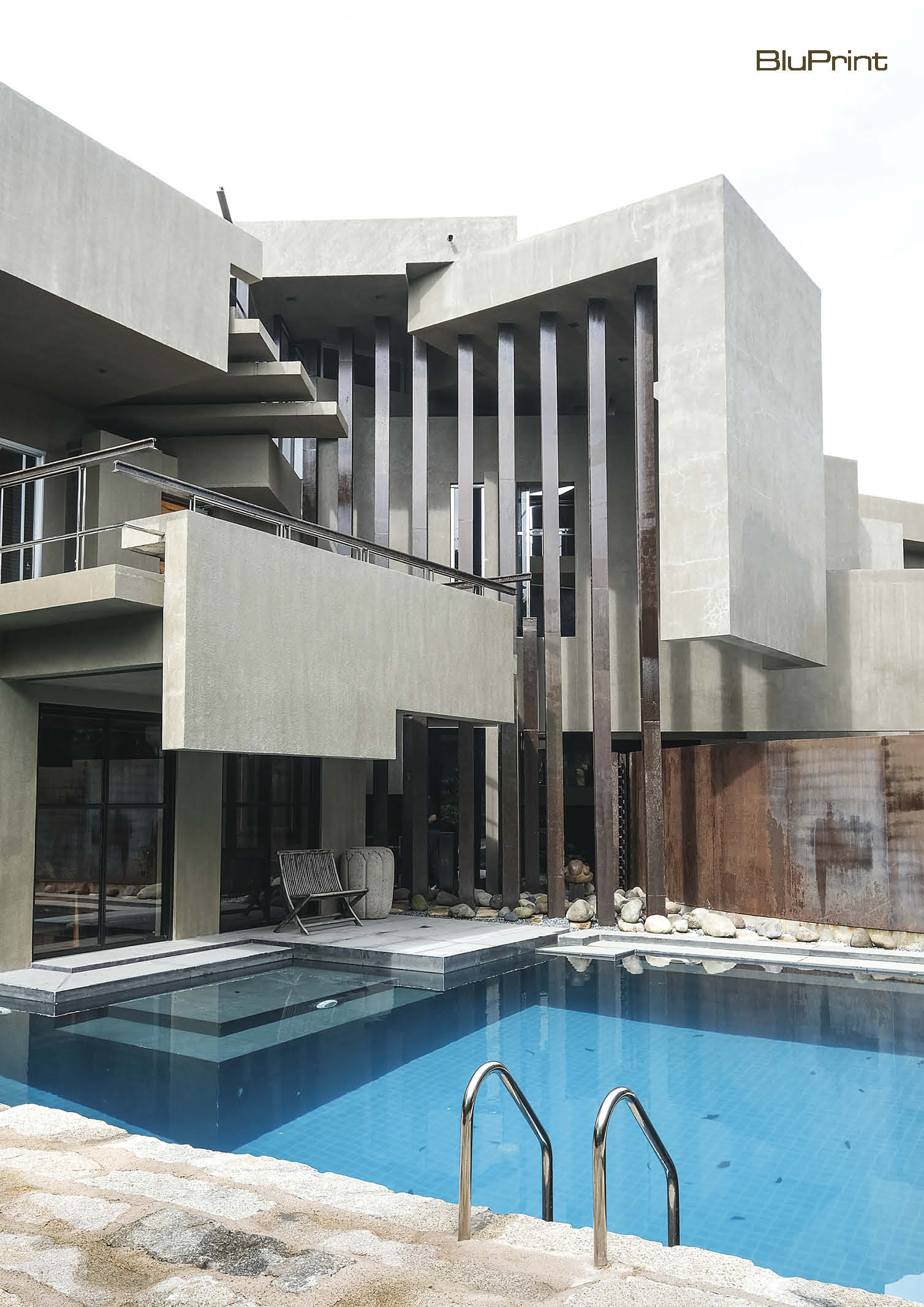
When applied to architecture, advocates agree that it involves designing spaces not only with aesthetics in mind, but also in proper context, materials, sustainability, and cost-effectiveness.
Designing For Slow Living
In a more practical sense, the slow approach to architecture encourages people to take time to take in the visuals, mood, and artistry that the spaces impart upon them. For Architect Jorge Yulo, principal of Jorge Yulo Architects & Associates, rather than a style, it’s more about designing spaces with empathy and building them to be experienced. He expresses this in his work through an abundance of details that cannot be appreciated through a fleeting visit.
“I have a lot of intricate details in my work that usually cannot be appreciated if you’re in the space for just a few hours. The longer you live in the space, more details unravel. So, the experience of living in the space is a series of continuous discoveries. That keeps the owners’ interest with the structure that I designed for them with time-released renewed curiosities. Hopefully, they don’t tear it down or buy something that they don’t need for the space.”
Jorge Yulo
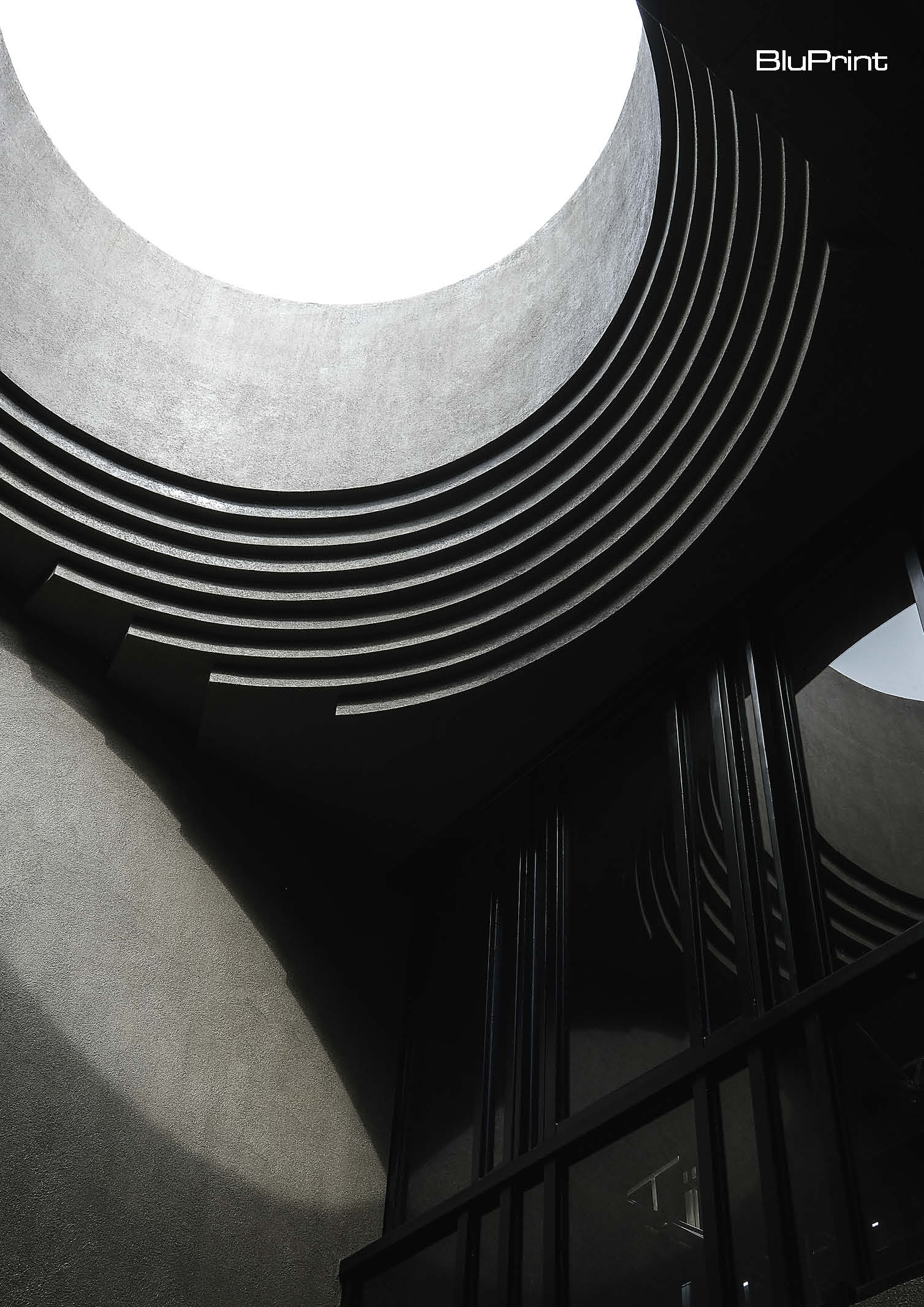
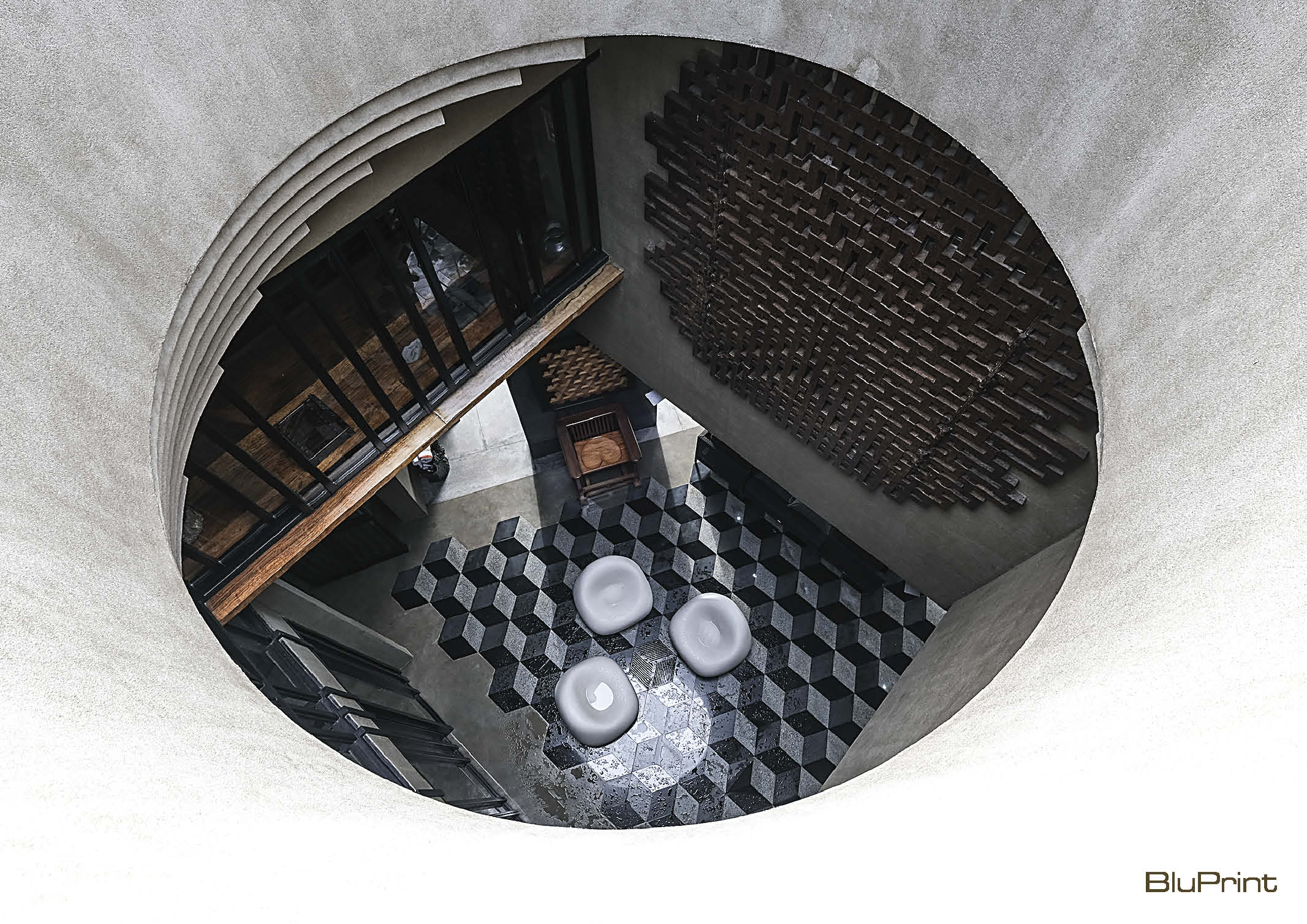
We were all students of slow living during the pandemic, which forced us to understand the practical applications of slow architecture, and the wisdom and strategies behind design intent. As Yulo described, “You have to imagine yourself being trapped in the spaces that you design, as a prisoner in that space. With that in mind, you design something more interesting and amusing beyond satisfying your basic needs.”
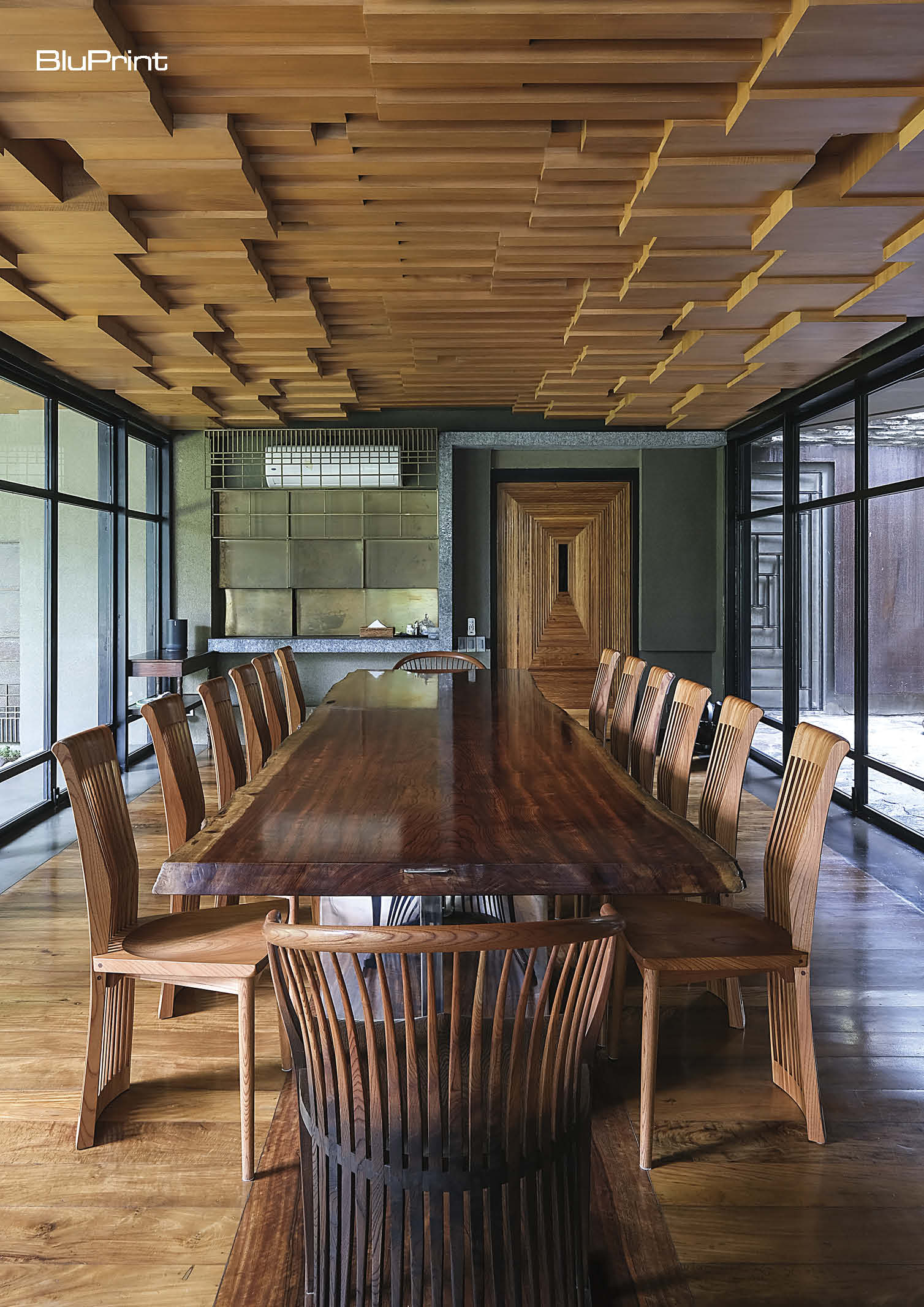

He also sees slow living as a re-humanization of society at a time when we need to be mindful of how we use the world’s resources. “In the last fifty years, we’ve consumed more than 50% of the world’s resources because of the pace of the way we live and the demand from our consumerism. Slow living is sort of backtracking and humanizing that rate,” he noted.

Learn more about the Equilateral House on BluPrint Vol. 3 2022: Breathing Space. Download your copy now.
Photography by Ed Simon
